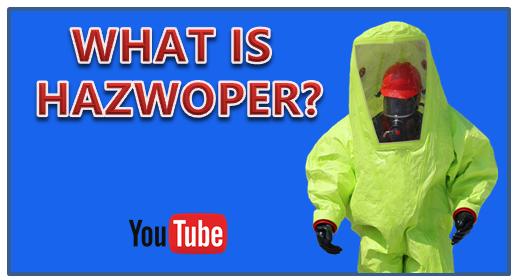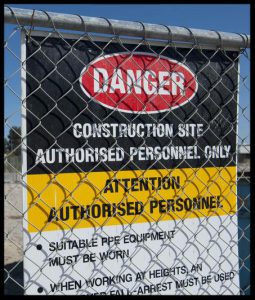
Construction Hazards
Falls, Struck-By Hazards, Caught-In/Between Hazards and Electrocutions account for about 90% of all construction fatalities. Below are some ways to help prevent these hazar

Heavy Equipment Safety
Heavy equipment is used in a variety of workplaces and occupations. Mistakes made when working near heavy equipment can cause devastating injuries and even death. Below are some tips to...
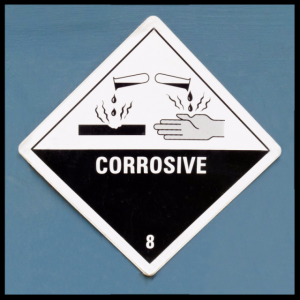
Chemical Hazards
Did you know skin disease is the most common job-related illness? The skin is the largest organ of the body, and healthy skin forms a protective barrier that keeps out...
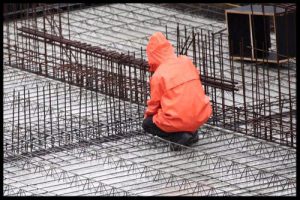
Working Outdoors
Rainy working conditions can create increased risk of injuries and accidents on the job. The rain can cause surfaces to be become slick and field of vision to be impaired....
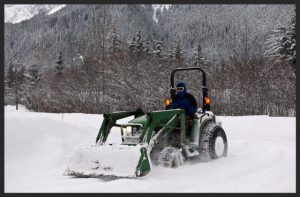
Cold Stress
Whenever possible, workers should avoid exposure to extreme cold. Extremely cold working environments can cause skin and body temperatures to drop, which can result in serious health problems and tissue...
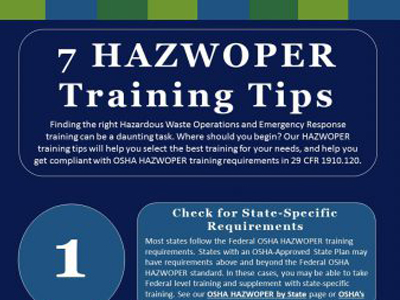
HAZWOPER Training Tips
It can be difficult to choose the right HAZWOPER training. It takes navigating the HAZWOPER requirements, finding the right course, deciding what training format works for you, and more. With...

Carbon Monoxide Poisoning
Accidental carbon monoxide poisonings peak in the month of January. Carbon monoxide (CO) is a colorless, odorless gas which can kill without warning. People experiencing carbon monoxide poisoning are often...

Bloodborne Pathogens
What are bloodborne pathogens? Bloodborne pathogens are infectious microorganisms in human blood that can causes serious illnesses and diseases, such as HIV, hepatitis B, hepatitis C, and malaria. Bloodborne pathogens...
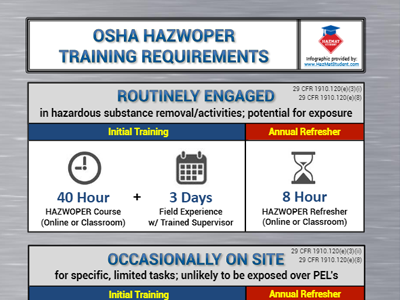
HAZWOPER Training Requirements
The OSHA HAZWOPER training requirements are a source of confusion for many. We commonly get questions about how often training is needed and which courses apply to particular situations.

